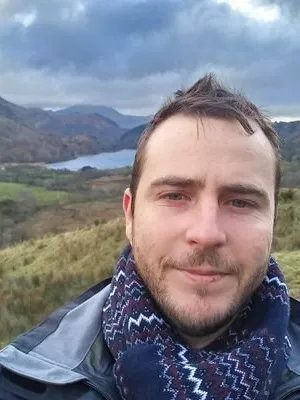
Guy Jackson
Guest researcher

A Framework for Disaster Vulnerability in a Small Island in the Southwest Pacific : A Case Study of Emae Island, Vanuatu
Author
Summary, in English
The societal costs of disasters around the world are continuing to increase and Pacific Island countries are considered some of the most vulnerable. This is primarily due to a combination of high hazard exposure coupled with a range of social, economic, physical, and political vulnerabilities. This article contributes to the growing body of work that aims to understand the causal factors of disaster vulnerability, but with a specific focus on small island developing states. The article first develops a framework for understanding disaster vulnerability, drawing on extensive literature and the well-established Methods for the Improvement of Vulnerability in Europe (MOVE) framework, and second, applies this adapted framework using empirically-derived data from fieldwork on Emae Island, Vanuatu to provide a working understanding of the causal elements of disaster vulnerability. Drawn from a significant body of scholarship at the time, the MOVE framework was primarily developed as a heuristic tool in which disaster vulnerability is considered to be a function of exposure, susceptibility (socially, economically, physically, culturally, environmentally, institutionally), and a lack of resilience. We posit that this adapted framework for small islands should also include historical susceptibility, and we prefer livelihood resilience (as capabilities, social capital, knowledge, participation, and human rights) over lack of resilience. We maintain that understanding disaster vulnerability holistically, which is inclusive of both strengths and drawbacks, is crucial to ensure that limited resources can target the causal factors that produce vulnerability and help safeguard and improve livelihoods in both the short and long term.
Publishing year
2017-12-01
Language
English
Pages
358-373
Publication/Series
International Journal of Disaster Risk Science
Volume
8
Issue
4
Document type
Journal article
Publisher
Springer
Topic
- Political Science
Keywords
- Disaster risk reduction
- Disaster vulnerability
- Livelihood resilience
- Small islands
- Vanuatu
Status
Published
ISBN/ISSN/Other
- ISSN: 2095-0055